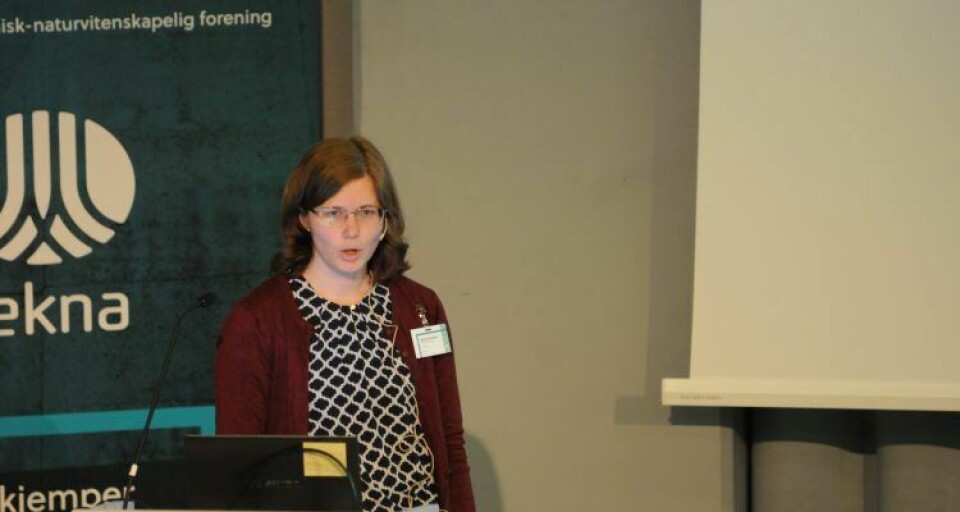
Resistance rises despite reduced drug use
Despite a dramatic reduction in the use of delousing drugs last year, the parasites are still developing greater resistance to a number of treatments, according to Kari Olli Helgesen from Norway’s National Veterinary Institute (NVI).
Speaking at Frisk Fisk conference in Bergen yesterday, she revealed that the amount of hydrogen peroxide used by the aquaculture industry in Norway halved between 2015 and 2016, while azametifos and pyrethroids prescriptions were down to 60 per cent of the level of the year before.
“Overall, we are talking about a reduction of 41 % from 2015 to 2016,” said Helgesen.
The only drug that was used in greater volumes was emamectin, while non-medicinal treatments had rocketed.
“Drug-free treatments rose by 535 % - ie more than five times more,” she said.
Resistance development continues
NVI also follows the development of resistance of salmon lice around fish farms.
“There is resistance to organophosphates, pyrethroids and emamectin along the coast. We see some variation within regions, and we see a tendency that lice are more sensitive in the far north and the very south,” said Helgesen.
“The resistance is so firmly ingrained in the lice population that it is difficult to get rid of it, even if there is a reduction in drug use,” she added.
The veterinarian pointed out that there is least resistance to hydrogen peroxide, presumably as it has only been widely used relatively recently.
Outlook for 2017
Helgesen believes this pattern will continue.
“I think the development of resistance will continue, because there is a certain degree of resistance in almost all sites. Any use of drugs will therefore provide increased resistance,” she pointed out.
However, she sees the development of resistance as slowing down, because of fewer drug treatments being used.
“The shift from medicinal to non-medicinal lice control will continue. One question is whether you will eventually see resistance to non-medicinal measures. Lice have a natural variation in their properties, and if some survive mechanical treatments due to particularly favourable characteristics, we will get such a development. We must pay special attention to this,” the veterinarian warned.























































